How to store a lawn mower and protect it through the winter
Here’s how to store a lawn mower in 7 simple steps
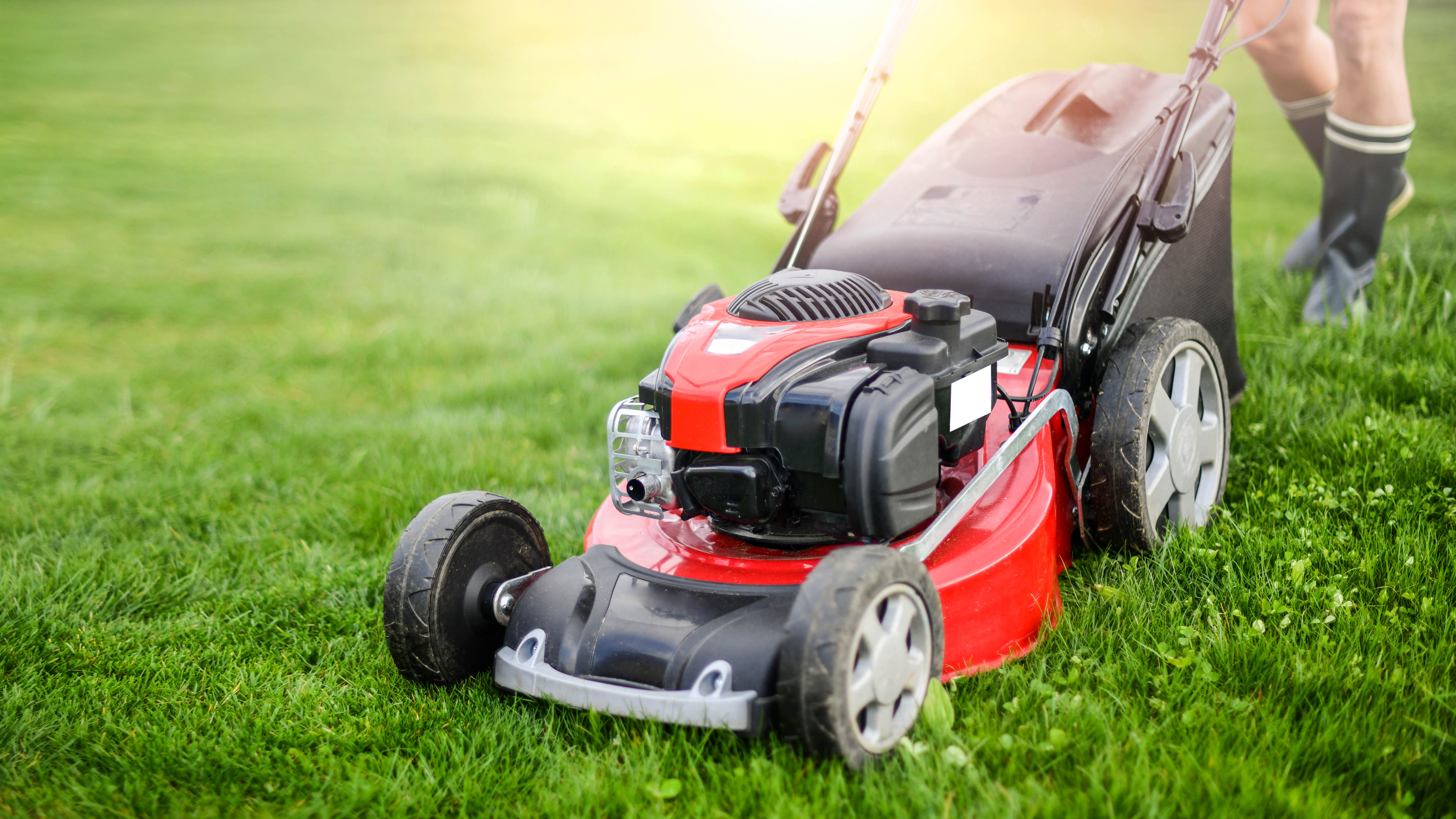
Our trusted mowers have been hard at work this summer, but you’ll need to know how to store a lawn mower to protect it through the winter. Once you've read our guide on when to stop mowing your lawn for the winter, it will certainly deserve a good rest this season.
And while it may seem easy to just shove the lawn mower to the back of the shed until next year, there are some things you need to do first before storing. In fact, not preparing or storing properly is one of the most common lawn mower mistakes we all tend to make. Not only will learning how to store a lawn mower protect it from rain and rust, it will also ensure yours stays in top shape for its spring and summer duties. This is especially important if you also want to know how to make your grass greener, or how to stripe your lawn for the best-looking backyard in the neighborhood.
Luckily, storing a lawn mower is not that difficult to do with these handy, maintenance tips. So, if you want to get your mower fresh and ready for next year, here’s how to store a lawn mower and protect it through the winter.
Plus, here are 5 reasons to buy a robot lawnmower or skip.
How to store a lawn mower and protect it through the winter
Whether you have a gas-powered, cordless or plug-in electric mower, storing it is easy to do and highly important. We'll cover storage for all types, so follow the steps below and store your lawnmower correctly over winter.
1. Disconnect the spark plugs
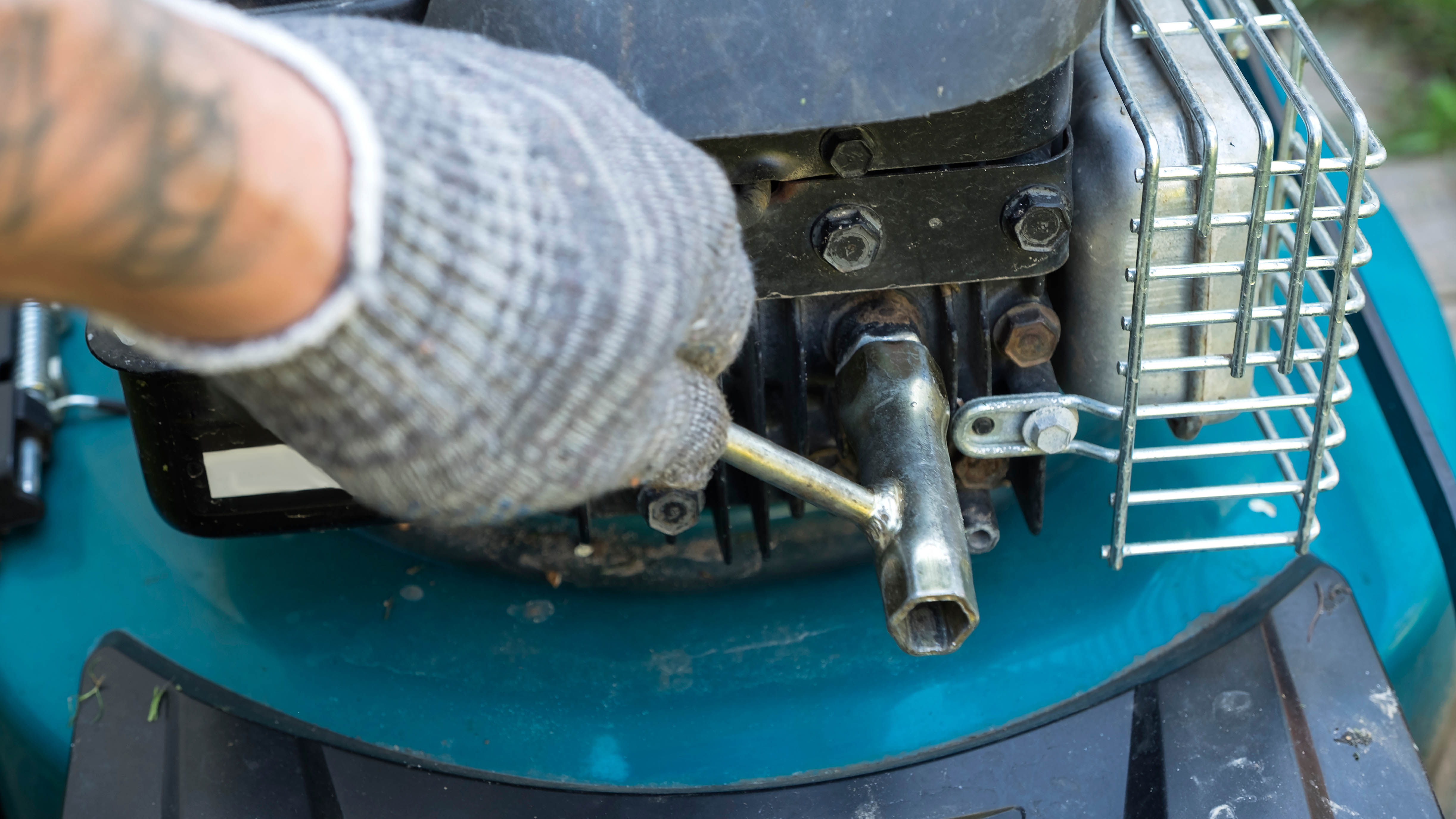
If you have a gas lawn mower, first disconnect the spark plugs to avoid any accidental sparks during cleaning. You might want to give the spark plug a good clean too, especially if it’s covered in carbon after a busy summer working. Before you do however, always read the product manual for guidance and relevant safety instructions.
2. Drain old fuel from gas mowers

Next, remove any remaining or stale gas in your gas lawn mower. The safest way to drain the tank is using a siphon hose like this KATUMO Gasoline Siphon Hose ($10, Amazon), which come in different lengths and inches to suit your needs. It’s important that you make sure the lawn mower's fuel tank is dry before storing. Typically, if you leave petrol in your mower after around 30 days, this becomes stale and degraded. This could damage the engine when it runs or affect the mower’s overall performance.
Get instant access to breaking news, the hottest reviews, great deals and helpful tips.
3. Remove batteries from electric cordless mowers
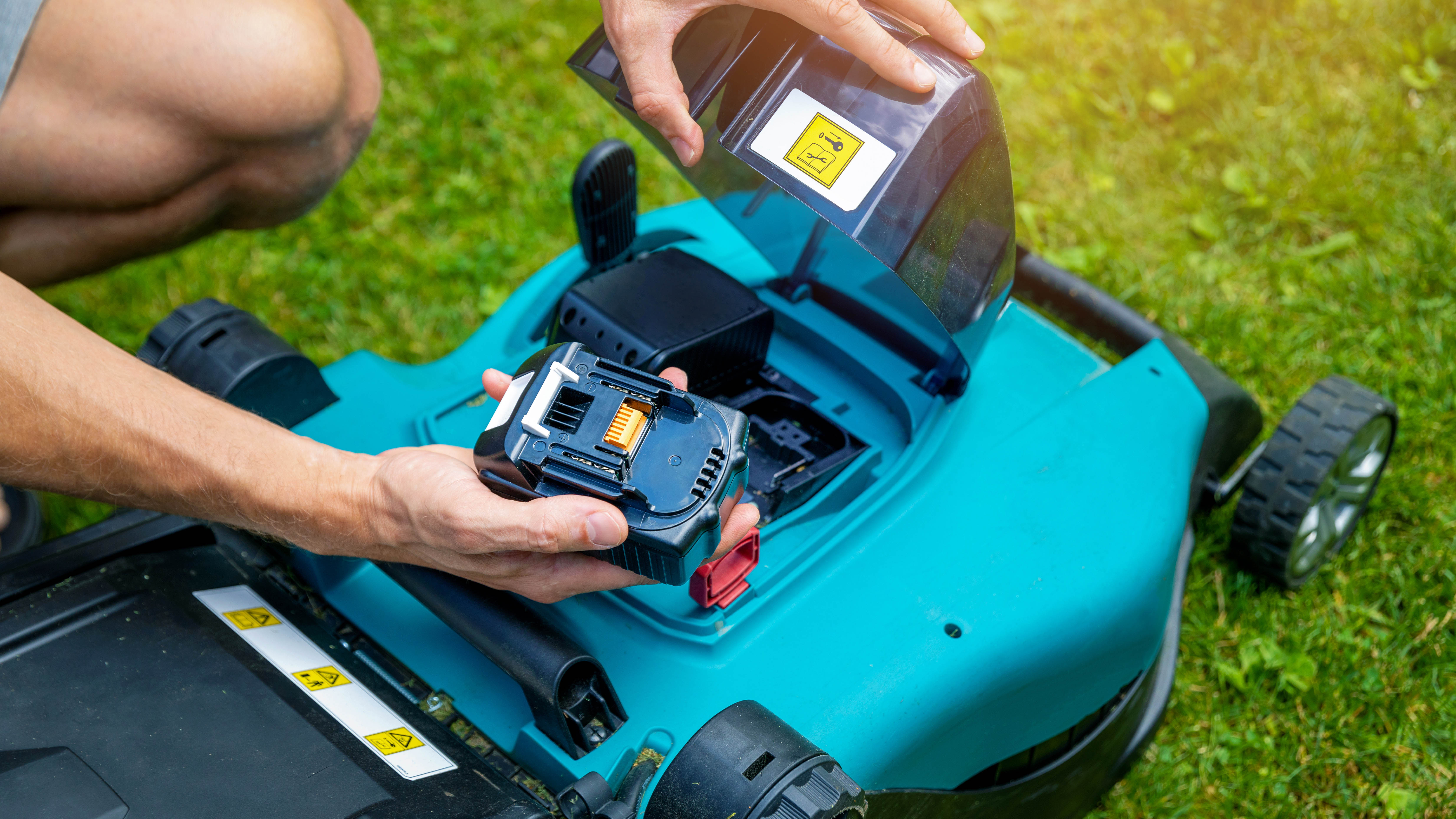
If you own a cordless lawn mower, most of them are powered by one or more detachable batteries. It’s advisable to disconnect and remove the batteries from your cordless mower and store them in a cool, dry place. For safety, be sure to never store near gas cans, the water heater or a furnace. Hot conditions can result in exploding batteries, and such an event happening near gas cans could obviously cause even bigger issues. You may be best to store batteries indoors, as sheds or garages are not entirely frost-proof and cold temperatures can affect the life span of certain batteries. This will save you money on purchasing replacements in the future.
4. Clean the lawn mower

Next, take an outdoor brush and remove grass, mud, leaves and other debris from the mower deck, blades and air vents. Not only will this prevent any clogs on key components, but will reduce the build-up of rust. Use a smaller, stiff brush or stick to get into the tiny crevices or hard-to-reach spots. For stubborn dirt, scrub off with soapy, warm water, and use a garden hose to rinse. Keeping your mower clean will ensure it stays at optimum performance and will make grass cutting a breeze!
5. Sharpen or replace the blades

It’s worthwhile checking the condition of your blades and making sure they are not blunt. If they are, learn how to sharpen lawn mower blades — this is vital if you want to keep your mower lasting longer and cutting well. Dull blades will only tear up the grass instead of trimming it cleanly. Not only will this damage the grass, but it can cause it to dehydrate at the tips, turning it yellow. If that happens, you’ll have to learn how to revive dead grass and make it green again. If the blades are damaged or heavily worn, you can buy replacement cutting blades at your local garden centre or specialist store.
6. Fold the lawn mower down properly
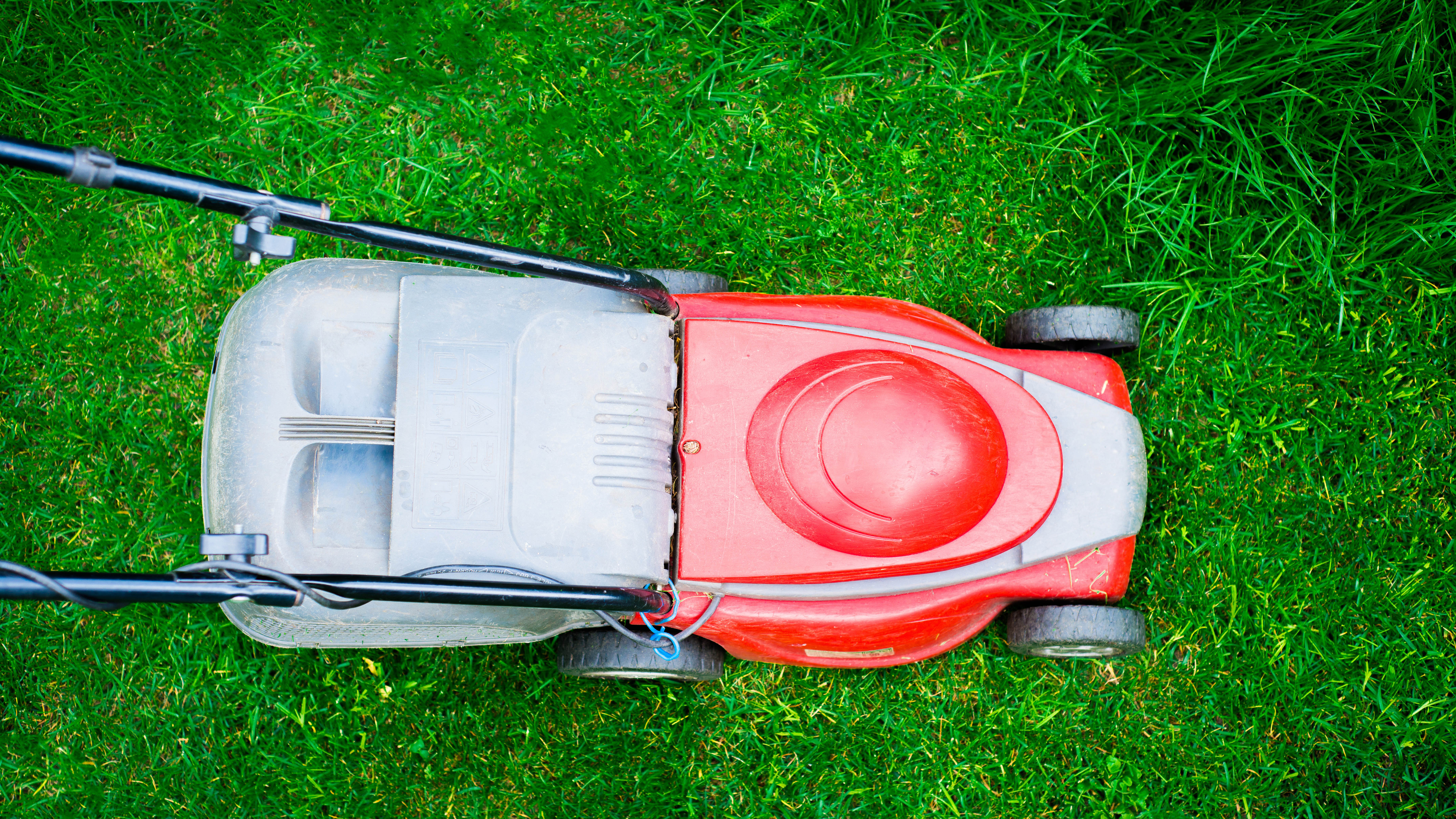
Most lawn mowers come with adjustable handles that either fold backwards or forwards. Collapse the lawn mower handle if you can. This will make it easier to store or place against a wall. This is especially useful if you’re tight for space in your shed or garage. In addition, remove the grass box/collector, or any other parts that can be stored away safely. Just be sure that you remember where you store them, so you are able to find everything when it’s time to start cutting the grass again.
7. Store in the right conditions
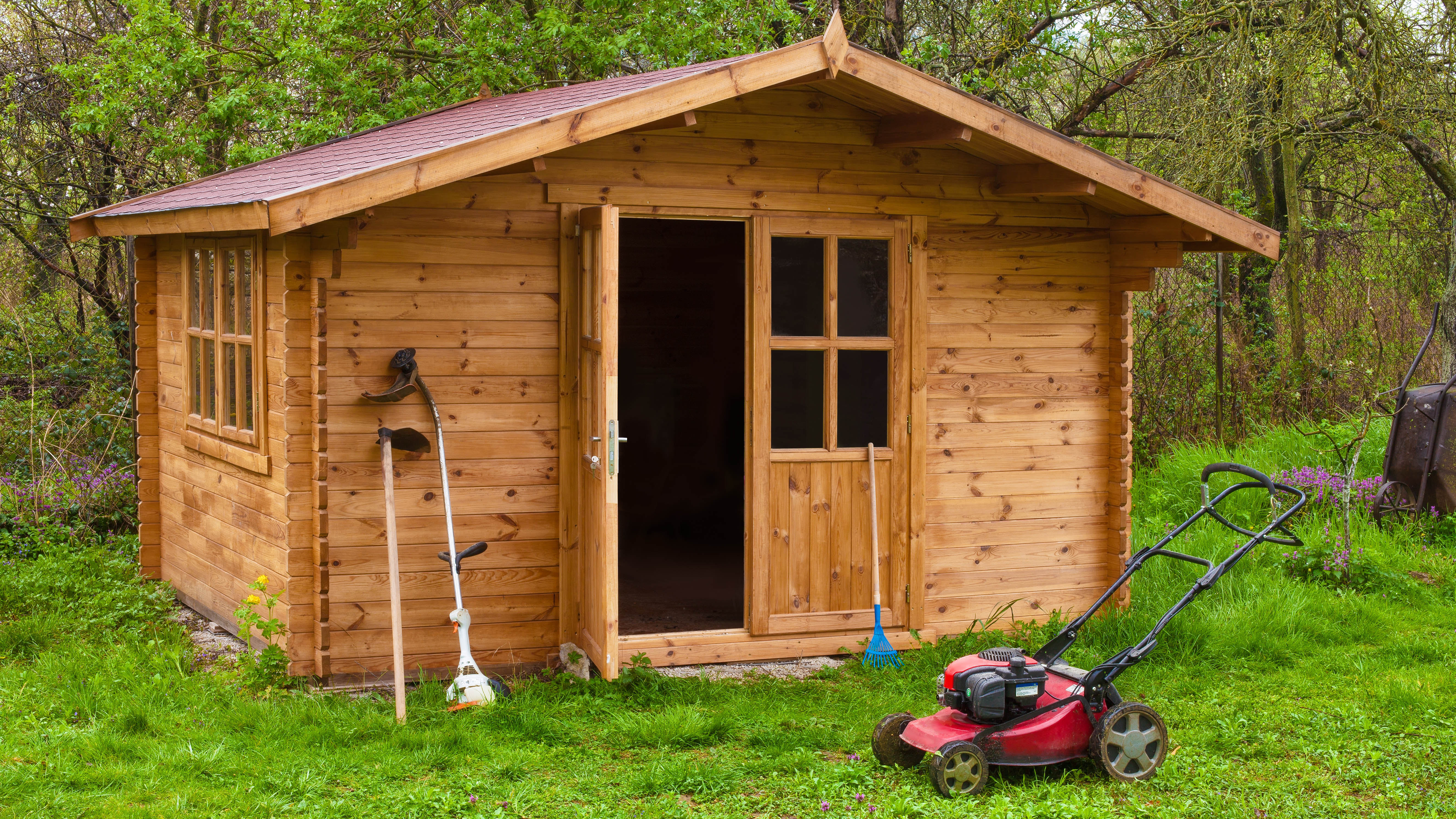
Always store your lawn mower in a dry, cool place — ideally in a shed or garage. Avoid leaving your lawn mower outdoors or exposed to the elements, as this can cause rust. If necessary, you can buy heavy-duty lawn mower covers like this Himal Outdoors Lawn Mower Cover ($23, Amazon), which has a universal fit for most push lawn mowers.
How do I winterize a lawn mower battery?
Before storing batteries, it's recommended to charge it to around 75%, so it will have some power when you next come to use it. Then, remove it from the mower and carefully store it in a dry room at ideally 10 to 15°C. If the battery is not removable, you can store the entire lawn mower in the same conditions.
Be sure to also check out 7 lawnmower mistakes you’re probably making right now, how to dethatch a lawn and how much you should water your lawn to keep it green, according to experts.
If you're in the market for gardening tools, take a look at the best pruning shears. Or, if you enjoy planting, check out our guides on how to plant sunflower seeds and when to do it, how to plant potatoes and how to grow tomatoes in pots.

As the Homes Content Editor, Cynthia Lawrence covers all things homes, interior decorating, and garden-related. She has a wealth of editorial experience testing the latest, ‘must-have’ home appliances, writing buying guides and the handy ‘how to’ features.
Her work has been published in various titles including, T3, Top Ten Reviews, Ideal Home, Real Homes, Livingetc. and House Beautiful, amongst many.
With a rather unhealthy obsession for all things homes and interiors, she also has an interior design blog for style inspiration and savvy storage solutions (get rid of that clutter!). When she’s not testing cool products, she’ll be searching online for more decor ideas to spruce up her family home or looking for a great bargain!
